This week Grinnell’s Students for Sensible Drug Policy (SSDP) chapter has embarked on a campaign to publicize statistics that indicate that African Americans are nearly three times overrepresented in the number of Grinnell students who complete the “Student Conduct” process for non-alcohol related violations of the College’s “Alcohol and Other Drugs” policy.
Per the statistics—which Dean of Students Travis Greene calculated based on the past half-decade of conduct procedures—between the years 2008 and 2013 eight of the 50 students who went through the conduct process were “Black or African American, non-Hispanic,” representing 16 percent of the total. This percentage figure is 2.81 times higher than the overall representation of African Americans in the Grinnell student body, which is 5.7 percent.

According to SSDP co-chapter leaders Dylan Bondy and David Leitson (both ’16), this discrepancy between the representation of African American students in the conduct process and the general student body, while not a statistically significant relationship, is a noteworthy statistic, especially when considered within a broader context.
“These values are not statistically significant at a p-value of 0.01,” Leitson said. “But—while people should be made aware of the fact that they are not statistically significant—given the fact that racial disparities show up across the board in our society and in the U.S. correctional system, do we just wait for more people to get in trouble to determine whether or not these statistics are worth taking seriously? And I would suggest that we shouldn’t do that.”
Their posters take a national perspective, including graphs demonstrating that 42.9 percent of drug offenders in federal prison are black—a figure contrasted with the 14 percent of drug users that are black.
Through a series of promotional tools, including the aforementioned poster campaign, a “wall of awareness” in the JRC outside of the Dining Hall and a video posted on Facebook, SSDP has been trying to spread the word this week regarding this disparity, which they believe arises out of a phenomenon called “implicit bias.”
Implicit Bias
“In its most simple form, [implicit bias] is the unconscious preferential treatment of people based on a demographic,” Bondy said. “So, it could be gender, sexuality, race, socioeconomic status, even where people come from—there’s a very wide range of things.”
Following this week focused on awareness, SSDP plans to advocate for pragmatic solutions to this issue. One strategy may be placing posters around campus with images that work to subvert racial stereotypes. An example brought up by both Bondy and Leitson was of a black female construction worker breastfeeding her infant child over a lunch break.
The group is also interested in designing activities for New Student Orientation (NSO) relating to the unlearning of implicit biases. Regardless of the method, Bondy stressed the necessity of continual action in addressing these issues as a community.
“Studies do show that implicit bias can be reduced, but only temporarily—so, it requires continued action. One conversation in NSO won’t do it. So, yes, it is reversible, but at the same time it needs to be a constant battle to reverse that,” Bondy said.
During last Tuesday’s Town Hall discussions on diversity, Associate Dean of the College for Diversity and Inclusion Poonam Arora announced plans, in concert with Student Affairs, to implement programming into NSO schedule targeted at implicit biases.
Methodological Criticism
The release of SSDP’s statistics, however, has provoked criticism from some. Christopher Ralston, Psychology, sits on the Harm Reduction Committee, to which SSDP presented their findings in January.
According to Ralston the portion of African American students in the overall Grinnell student body is so small that the statistic of eight students—or 16 percent of the total—completing the student conduct process in the past five years only averages out to about 1.6 students per year. In his opinion, in dealing with such low numbers—in which the inclusion or exclusion of only one or two African American students can mean the difference between statistics that show no bias and statistics that ostensibly suggest significant bias—it becomes impossible to detect if, or what kind of, bias is at play.
“When we’re talking about such a low number, the difference of one person could make a huge difference in that way,” Ralston said. “Now that doesn’t exclude the possibility that that difference in ratio could be due to implicit bias, but it also doesn’t exclude the possibility that it could be explicit bias. Or that it could be any number of other things.”
Furthermore, there has been some discrepancy as to the actual numbers included in the statistics. Two sets of data have emerged from SSDP’s discussions with Student Affairs and others: the first, which Greene originally provided to SSDP in January, determined the race of involved students according to the perceptions of third-party figures involved in the actual conduct process, while a second revised version determined race by the students’ own self-identification, per data provided by Grinnell’s Office of Analytic Support and Institutional Research (OASIR).
The set based on third-party perception yielded the figure of eight African American students out of the 50 completing the conduct process in the past five years. In the other set, based on OASIR data, that number dropped to six, with the other students presumably absorbed in either the “Two or more races, non-Hispanic” or “Race and/or ethnicity unknown” categories—both of which rose by two or more.
While questions were raised regarding the appropriateness of using data in which individuals’ race was designated by a third party, Bondy and Leitson said they believe such external identification more closely approximates the psychology of those making judgments based on implicit bias than does their self-identification, a point to which Ralston conditionally agreed.
“If we’re thinking about psychological research and bias, I think in that particular case, if we’re worried about how an individual’s beliefs and attitudes might shape their discriminatory behaviors … then it doesn’t matter if the person identifies one way or another—it’s what does that person perceive the other person to be,” Ralston said. “But remember, each person might perceive that individual differently. So we have basically a whole array of potential ways that that person might be identified externally.”
The Broader Conversation
From Greene’s perspective, the actual statistical data—while, in his opinion, inconclusive—should not distract one from the broader conversation that they have provoked.
“At the end of the day … the statistics—we can’t say with any definitive certainty what exactly they mean. The ‘n’ is so small. We’re talking about 50 students over a [five-]year period,” Greene said. “But, I think there’s no denying that in any community—especially in the U.S. and in our self-governing community at Grinnell—we have issues of implicit and unconscious bias. So, what are we going to do about that?”
Leitson and Bondy were scheduled to meet with the Harm Reduction Committee yesterday to discuss a proposal by their group to institute a “medical amnesty policy” that would protect students involved in medically dangerous incidents with drugs and alcohol from being subjected to the College’s “Alcohol and other Drugs” policy. While this was briefly discussed, much of the meeting was dedicated to conversation surrounding the criticisms of the group’s inferences, which Ralston formally presented to the committee in written form.
Following this meeting, the leaders of SSDP reiterated their previous argument in a second interview with the S&B.
“This gets us back to what we’ve been talking about over and over and over again. And that is the fact that these numbers are not statistically significant and we understand that. But at the same time … this definitely echoes national trends,” Bondy said. “Also, consider the fact that eight out of 50, regardless of how this sample came up, is still an overrepresentation.”
Coming out of this week of awareness, the members of SSDP hope to continue to work with the administration and various other groups around campus to develop effective responses to bias at Grinnell—implicit and otherwise.
SSDP will have an open meeting tomorrow, Saturday, March 1, at 1:30 p.m. in JRC 209 to begin to develop strategies for addressing these issues.




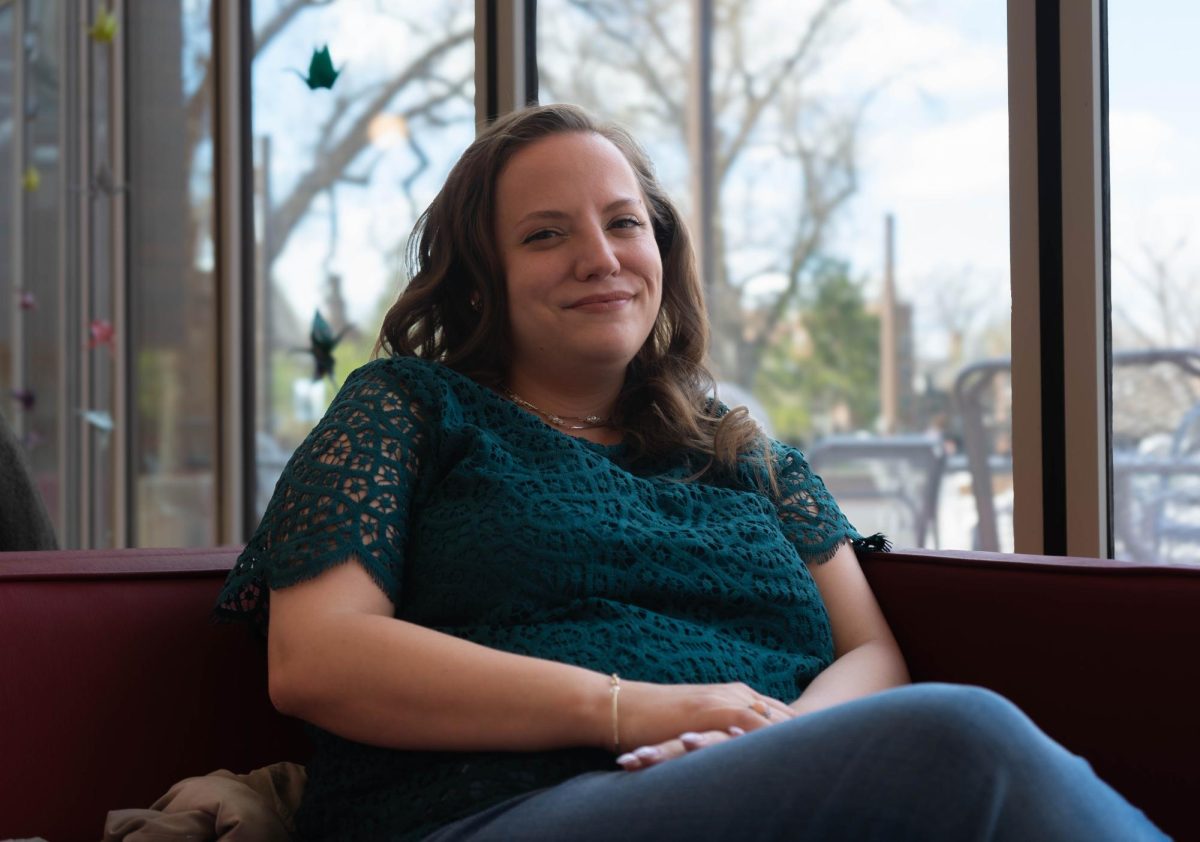


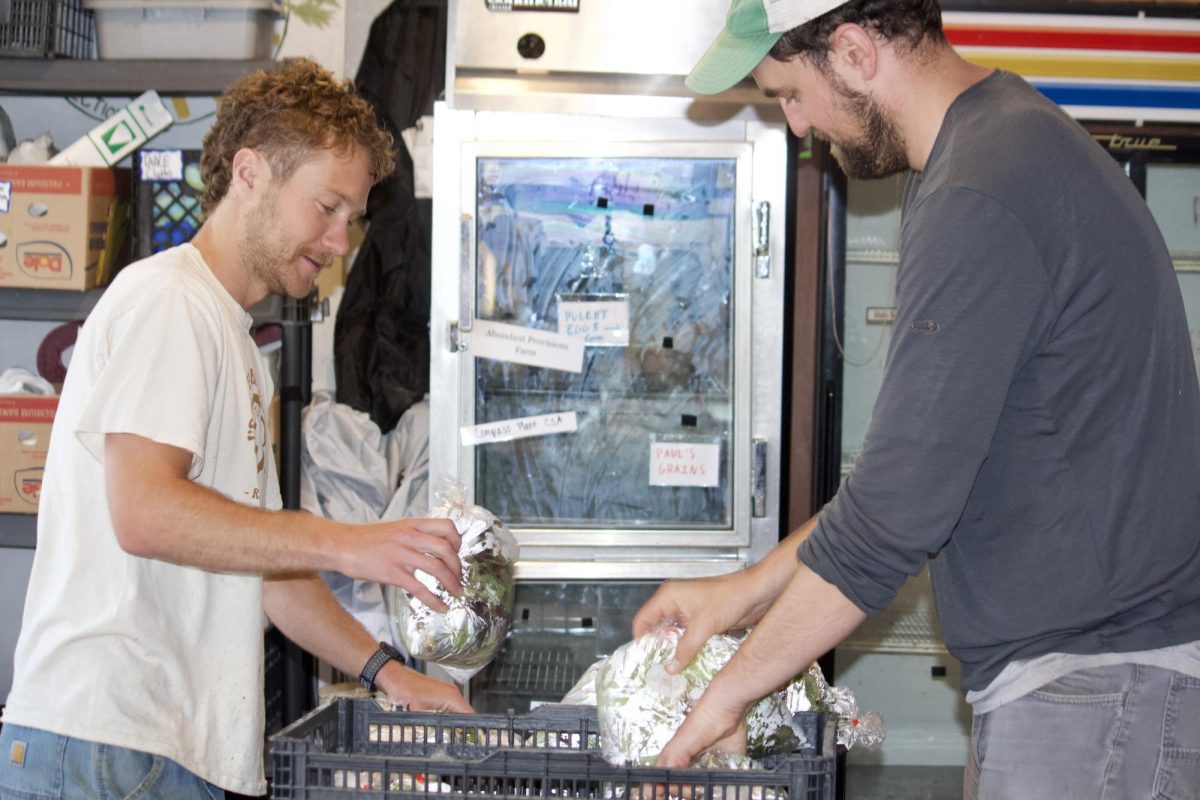
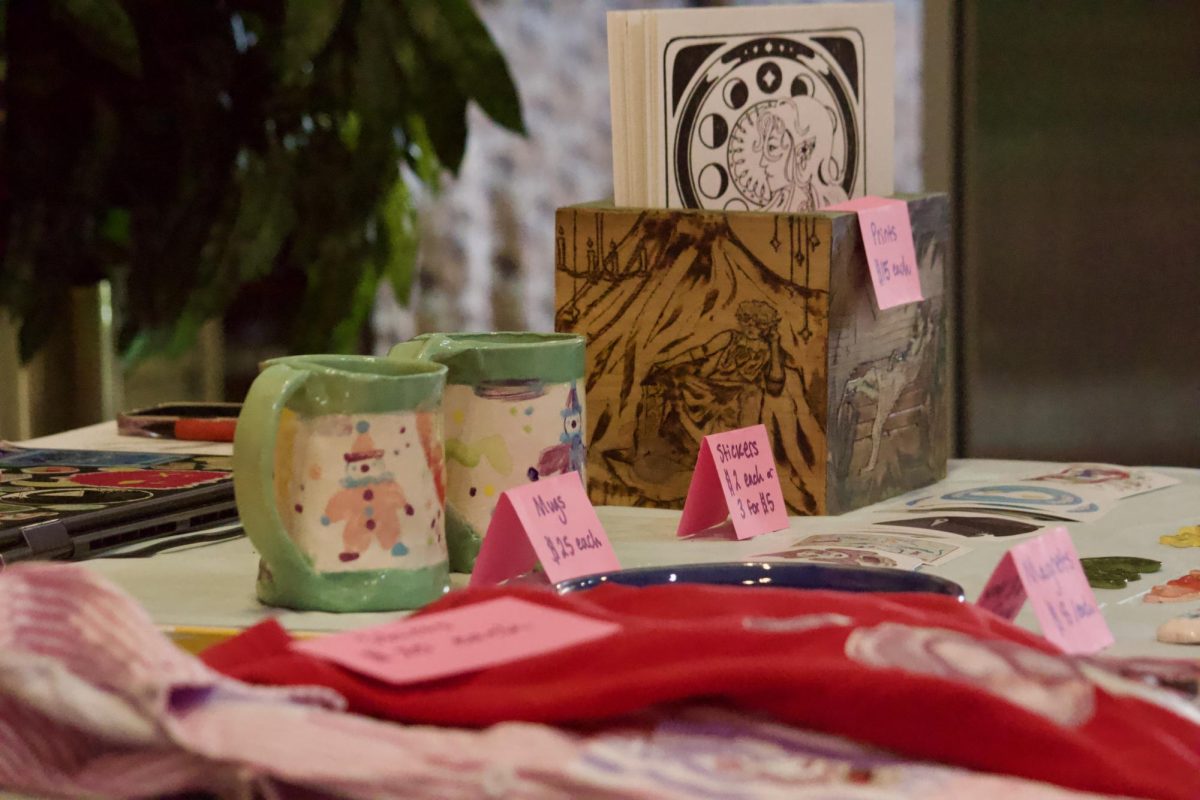




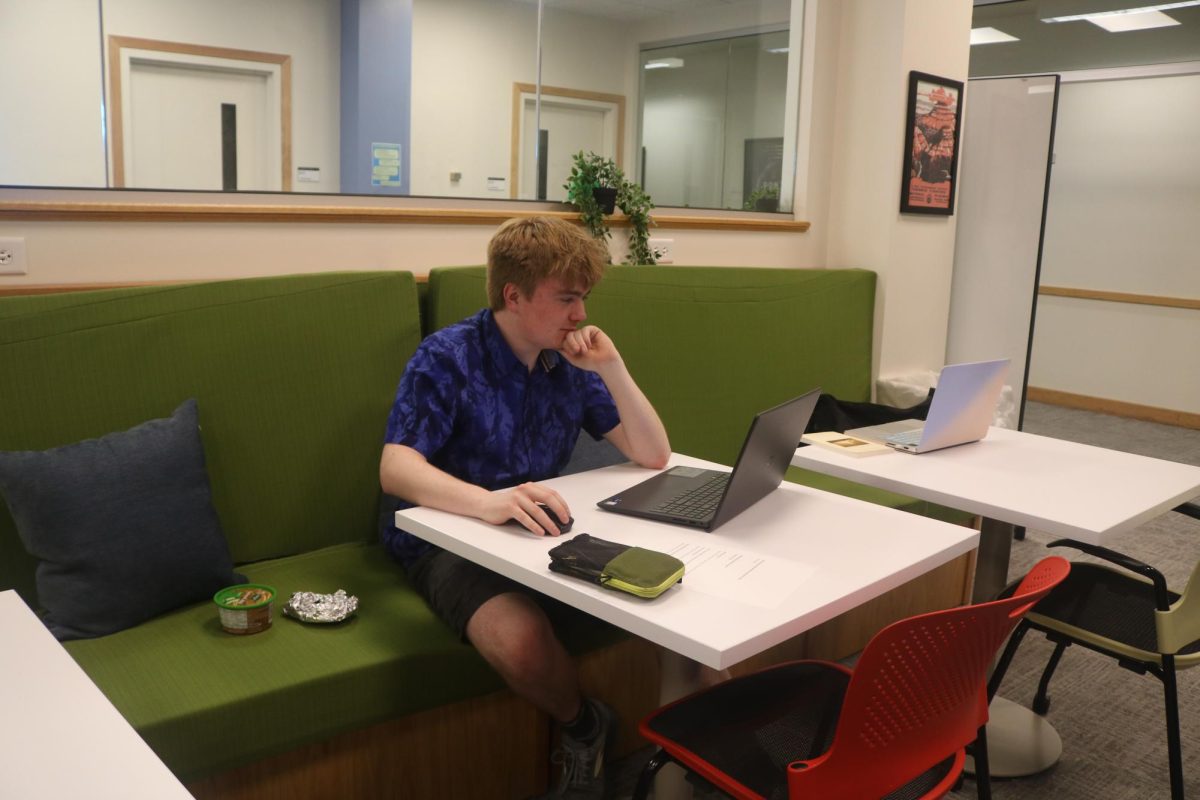







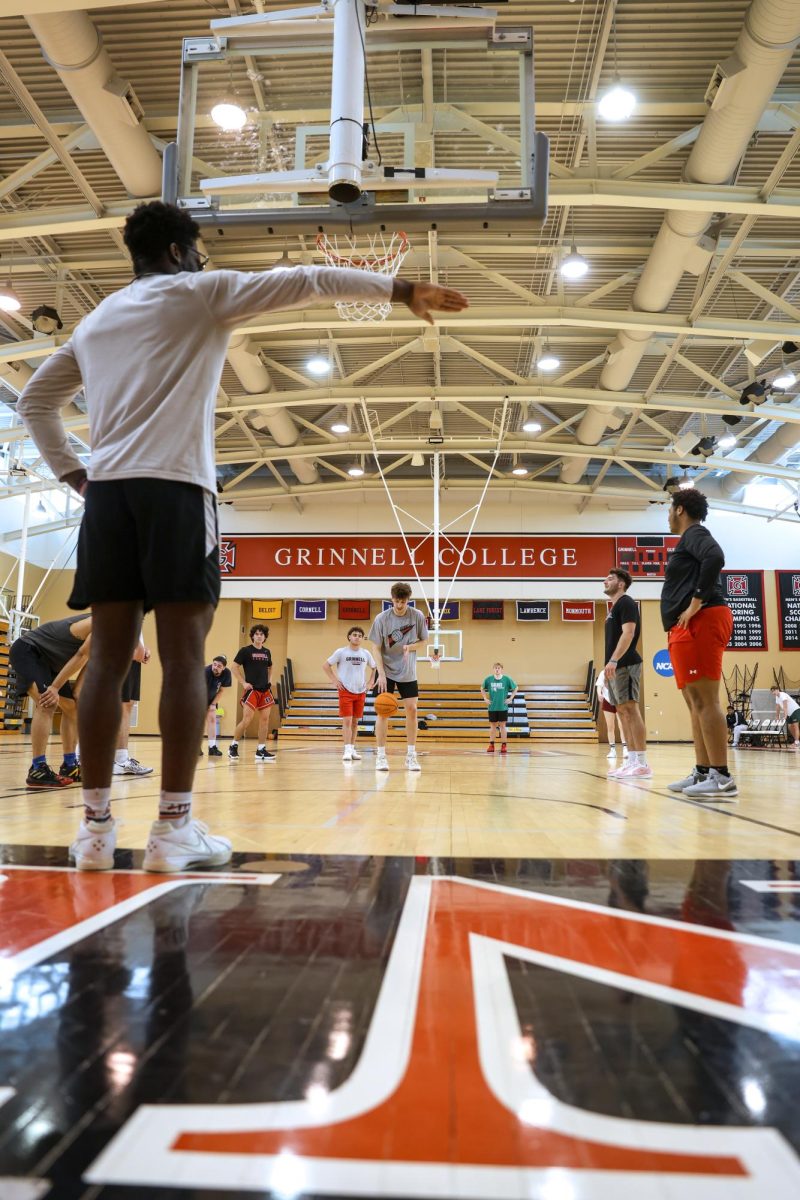






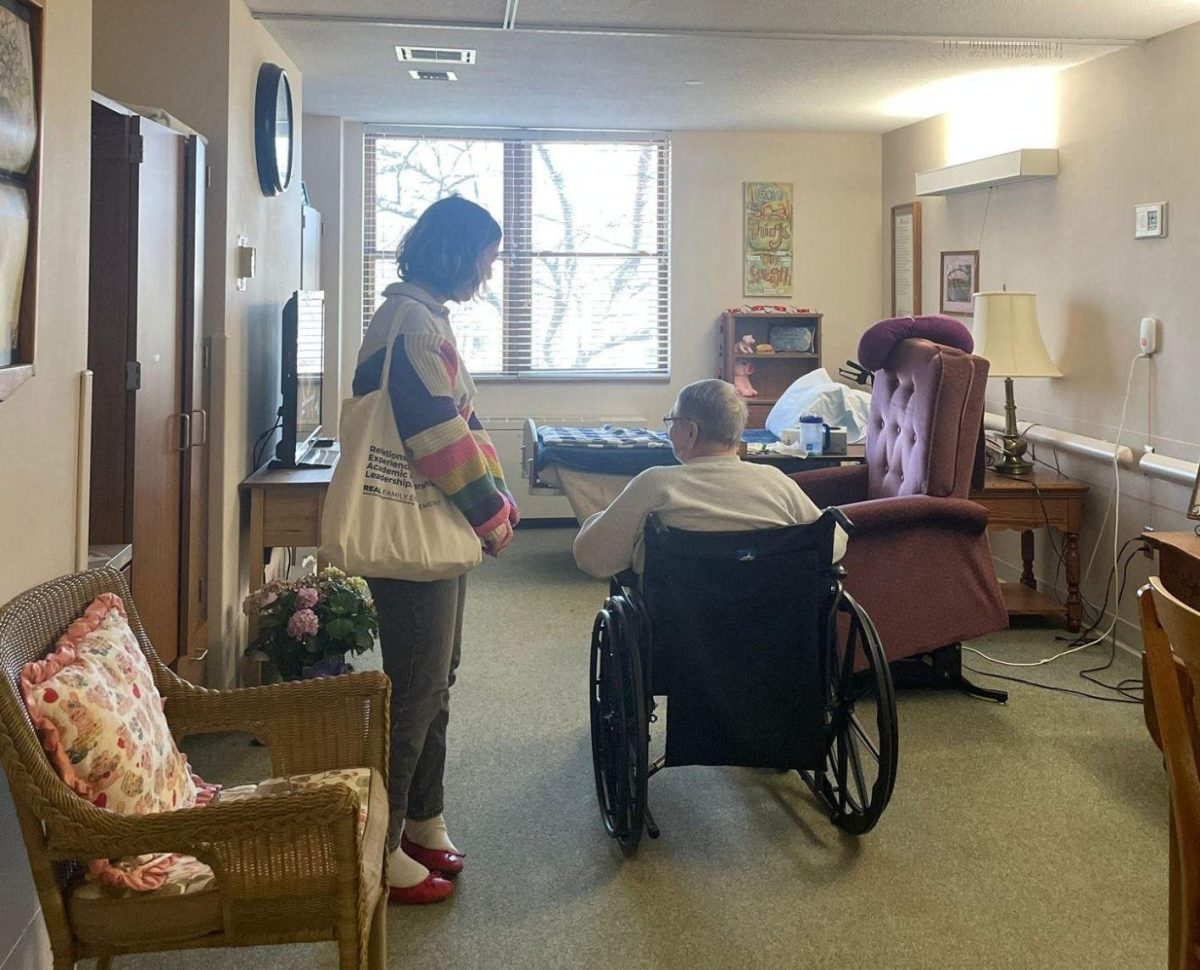
















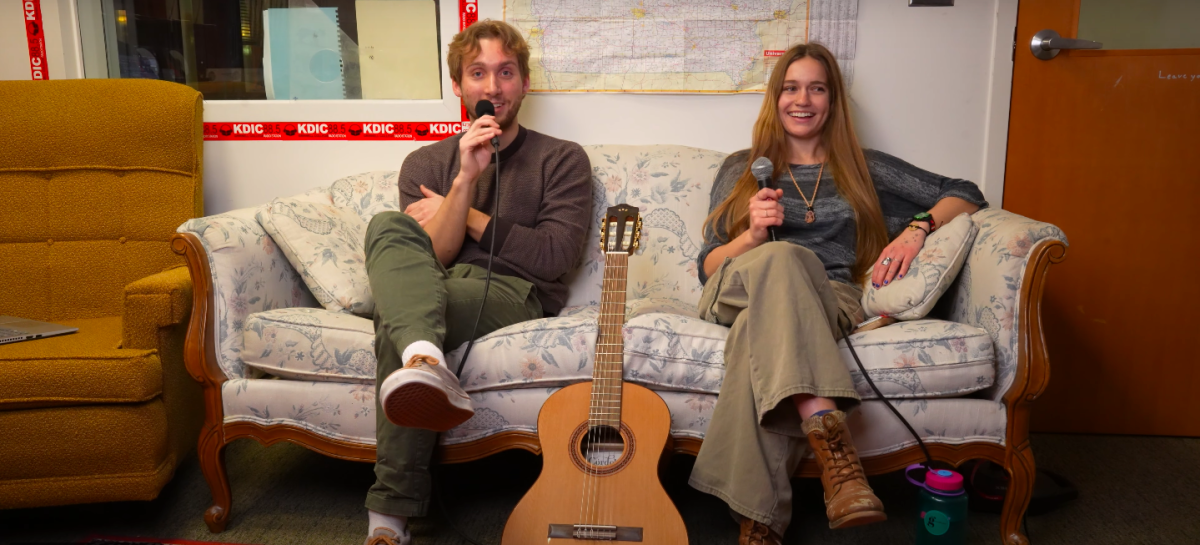














Jennifer Jacobsen • Feb 28, 2014 at 8:35 am
As co-chair of the harm reduction committee, I would like to note that Dylan and David were invited (and came) to our committee all three times it has net this semester. We pushed back almost every other part of our semester agenda to dedicate time to this important issue. This article implies that we heard some of their concerns once, and then brushed it aside to argue statistics. I think Dylan and David would agree that we had multiple opportunities for vibrant discussion of all of the concerns they brought to the HRC, and we are glad they did. The HRC looks forward to making a recommendation to the committee on student life regarding a formalization of a medical amnesty policy that is has already been in practice.